Ford Transit (2000-2023) firing order — diagram & guide
Maintaining peak performance with the Ford Transit firing order.
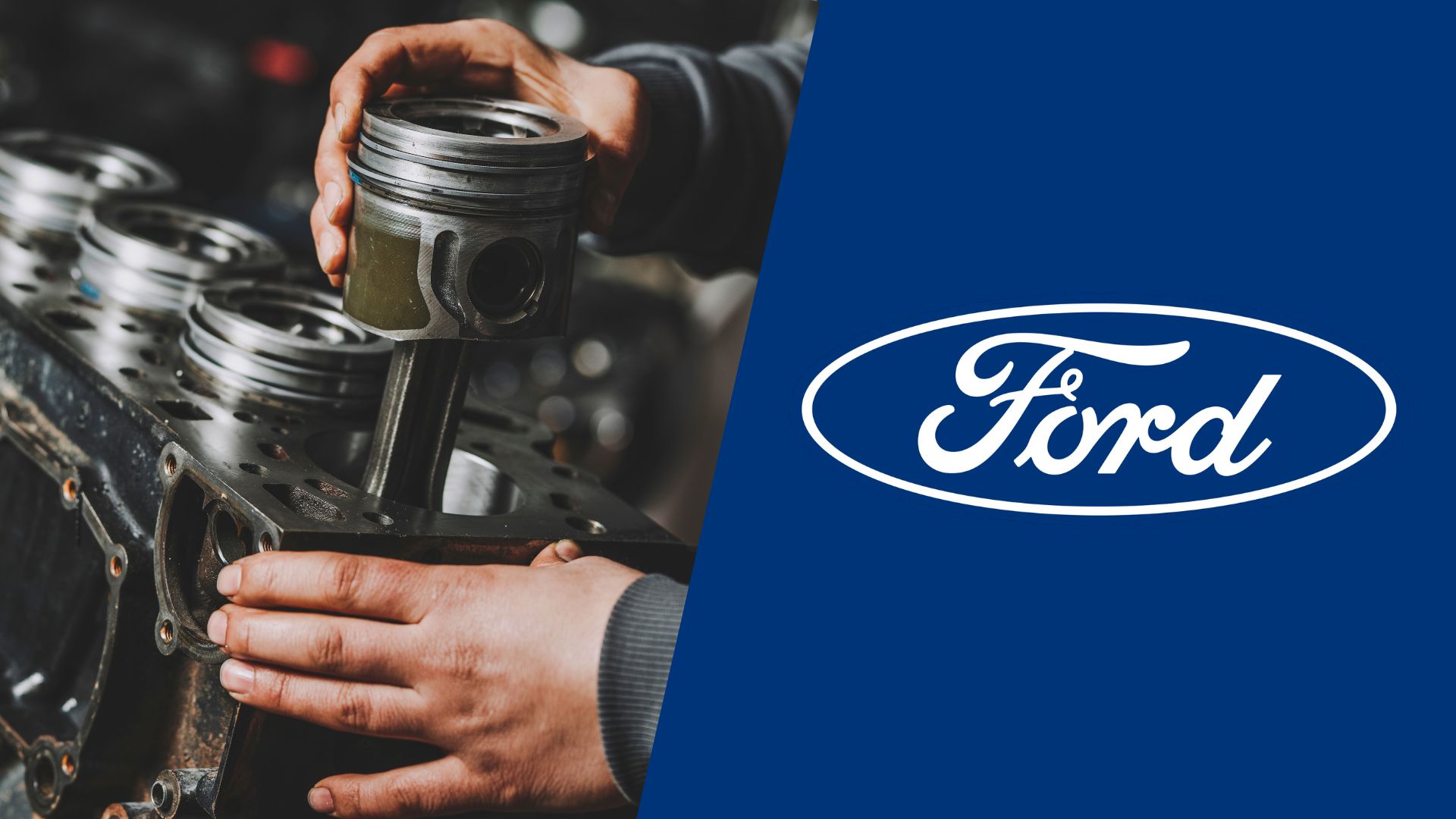
Whether you drive for your personal needs or use it as a workhorse, the Transit van is a handy vehicle to own. Especially due to a variety of pretty reliable engines, the Transit has always been a van of choice for numerous individuals.
That’s why our team has decided to give you an overview of the Ford Transit (2000-2023) firing order and give you updated information on each engine option from this period. We’ll also discuss the cylinder layout to give you precise instructions, so let’s get right into it.
| CAR MODEL YEAR | ENGINE | FIRING ORDER |
|---|---|---|
| 2000-2013 Transit (3rd Gen) | 2.0L | 1-3-4-2 |
| 2.3L | 1-3-4-2 | |
| 2.4L Duratorq | 1-3-4-2 | |
| 3.2L 5 cylinder Diesel | 1-2-4-5-3 | |
| 2014-2023 Transit (4th Gen) | 2.0L EcoBoost | 1-3-4-2 |
| 3.5L V6 | 1-4-2-5-3-6 |
Third-generation Transit (2000-2013) firing order
The third-gen of the Transit has been in production for 13 years and during that time Ford used quite a few different engine options. From four-cylinder petrol engines to turbocharged diesel ones and even a five-cylinder diesel engine, we’ll guide you through their respective firing orders.
Transit 2.0L firing order
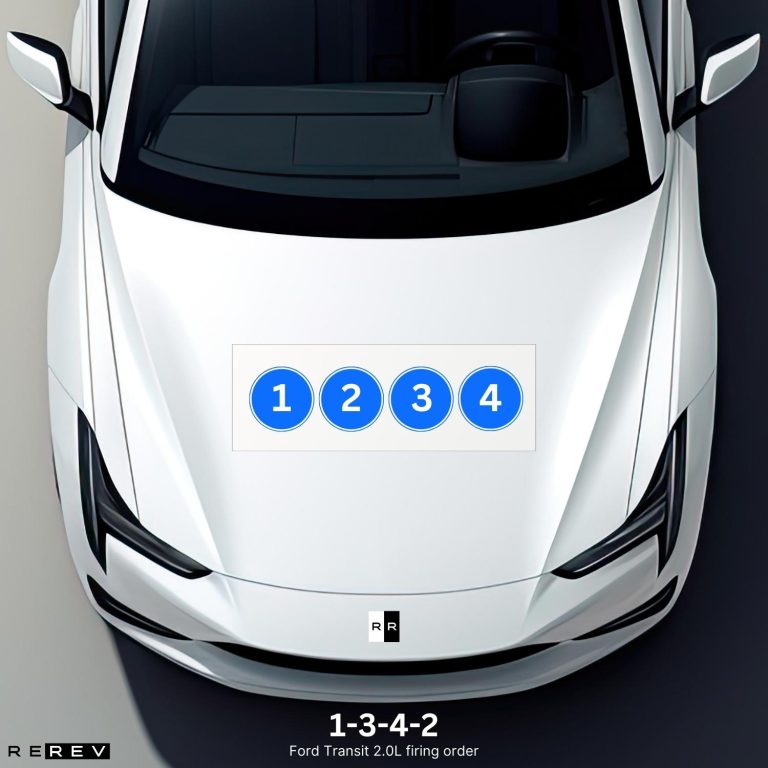
The base engine option for this van was a 2.0-liter four-cylinder and the Ford Transit 2.0L firing order is 1-3-4-2. The cylinders are arranged from left to right starting with the first cylinder on the passenger’s side toward the fourth one on the driver’s side.
This engine often has misfiring issues if the spark plugs are left unreplaced for too long, so checking the cylinders in their firing order can be an easy solution.
Transit 2.3L firing order
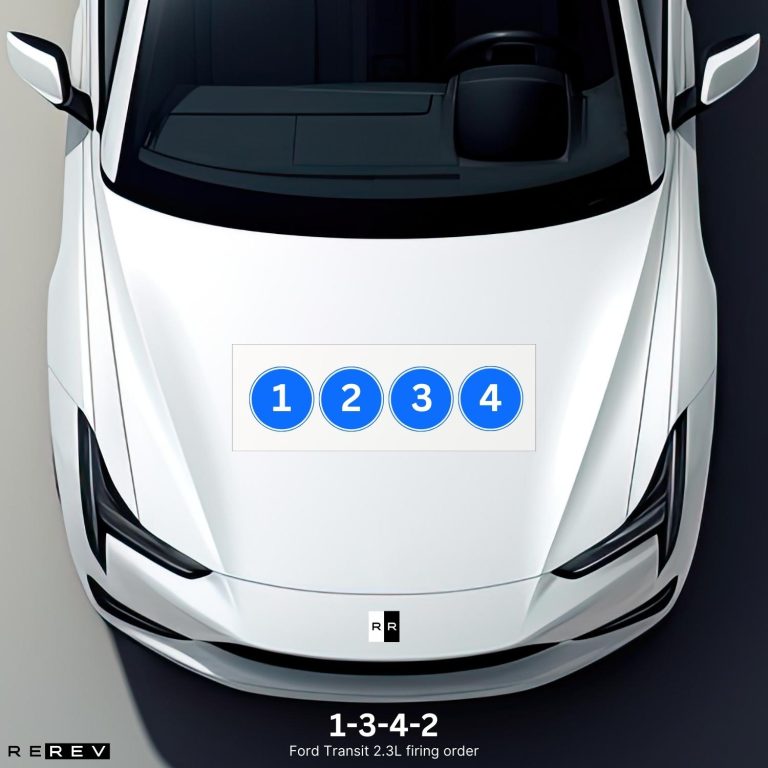
The next engine option we’ll discuss is the 2.3-liter four-cylinder engine and this one is pretty similar to the 2.0-liter one. The Ford Transit 2.3L firing order is 1-3-4-2 and that goes from left to right as the cylinders are arranged 1 to 4 in a straight line.
Since it’s similar to the 2.0-liter engine, it’s easy to do the cylinder numbering and apply the firing order.
Transit 2.4L firing order
Along with the petrol four-cylinder engines, the Transit also used a 2.4-liter diesel Duratorq engine. To get straight to the point, the Ford Transit 2.4L firing order is 1-3-4-2 and this is a common firing pattern for most four-cylinder engines.
However, although the cylinder numbering of this one is also the same as the one of four-cylinder petrol engines, the diesel one is different. it doesn’t have spark plugs so you won’t have to check those while using the firing order, but it can still help identify oil leaks and rough idling issues.
Transit 3.2L firing order
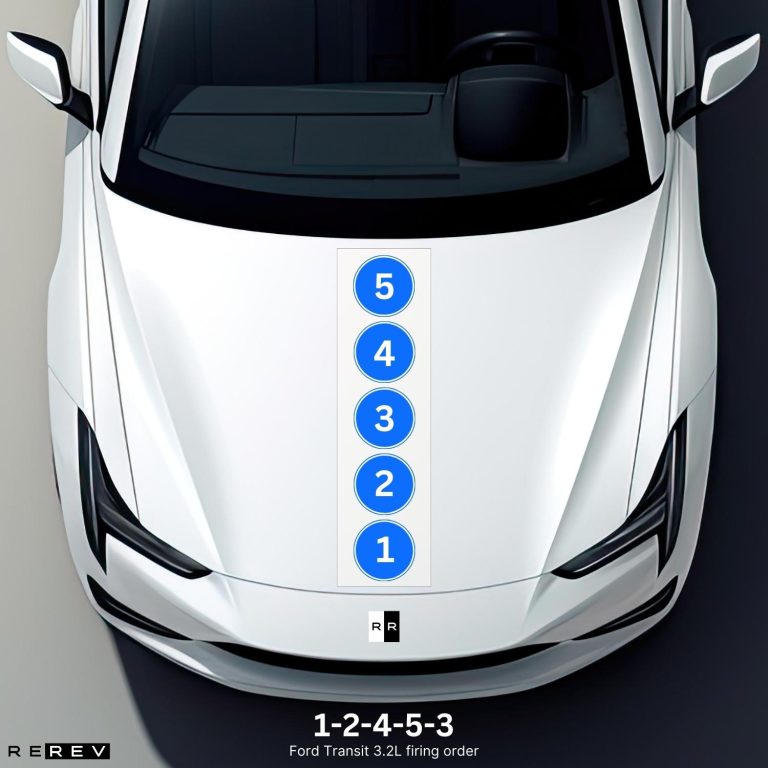
Finally, we also have to go through the firing order of Ford Transit’s five-cylinder diesel engine. The Ford Transit 3.2L firing order is 1-2-4-5-3 and the cylinder arrangement is pretty simple for this one. The cylinders go from 1 to 5 in a straight line, but this time the first one is the front-most one.
The cylinders go from 1 to 5 toward the rear end of the engine so it’s pretty easy to use the firing order to diagnose stalling issues.
Fourth-generation Transit (2014-2023) firing order
For the fourth-gen Transit, Ford officials decided to keep the 2.3-liter and 3.2-liter engines along with the 2.4-liter diesel. However, there were two new engine options including the four-cylinder EcoBoost petrol engine and the 3.5-liter V6.
Transit 2.0L EcoBoost firing order
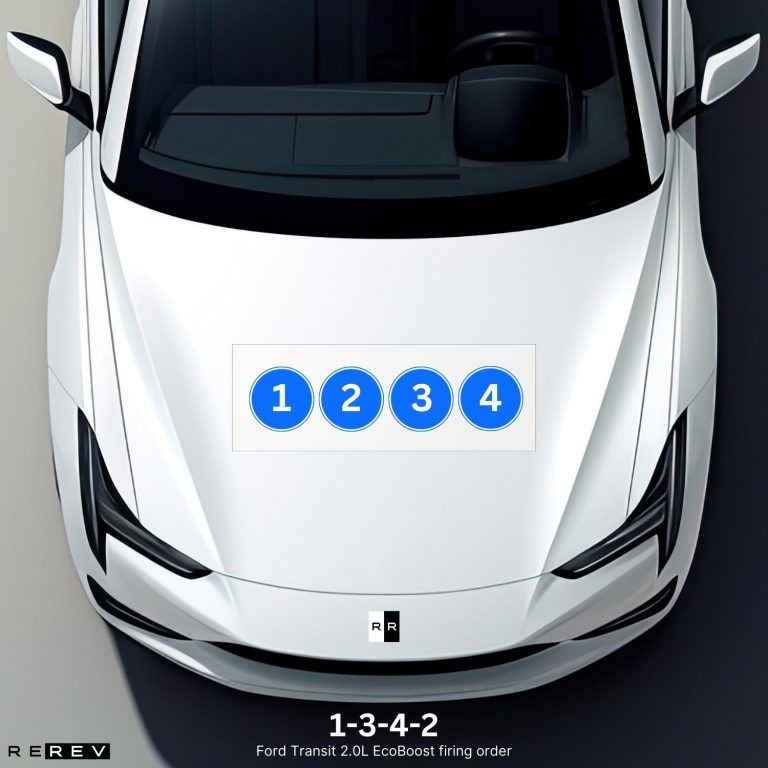
Instead of the various diesel variants, the new fourth-gen Transit received a four-cylinder EcoBoost turbo petrol engine. The Ford Transit 2.0L EcoBoost firing order is 1-3-4-2 and it’s at least easy to do the cylinder numbering since they go 1 to 4 from left to right.
Transit 3.5L firing order
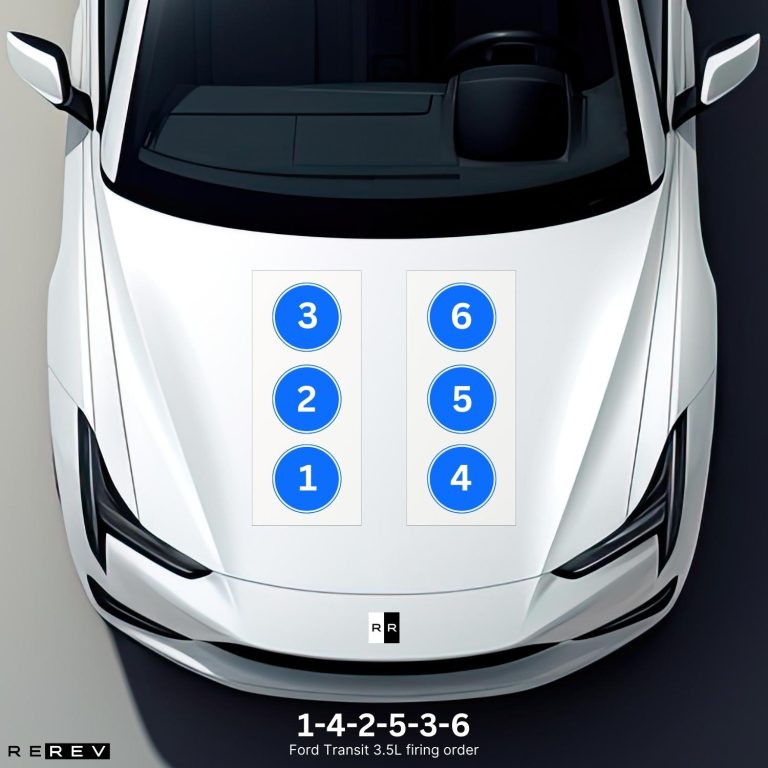
When it comes to the high-capacity option, the Transit has been equipped with a 3.5-liter V6 engine. Since the Ford Transit 3.5L firing order is 1-4-2-5-3-6, you also need to know the difference between this V6 and a four-cylinder in terms of cylinder arrangement.
Cylinders 1, 3, and 5 are on the right side of the engine, while cylinders 2, 4, and 6 are on the left side, front to rear.
Our take
Overall, the Ford Transit firing order guide can help you properly maintain the engine and deal with potential misfires or problems with the engine’s cylinders.
So, we hope to have given you a detailed overview of it and that you’ll be able to use the instructions from this guide to properly maintain your engine.